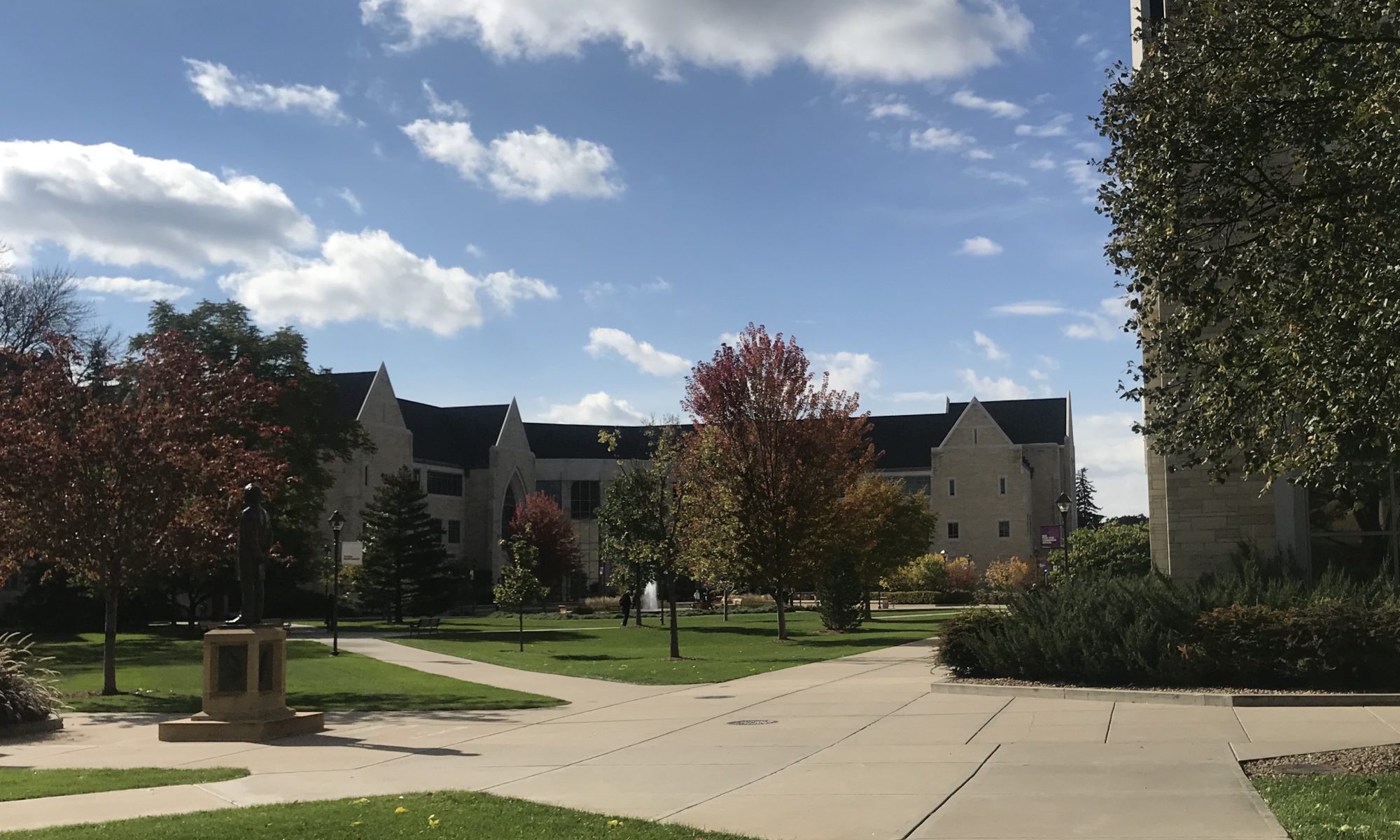Students and clubs have a new way of counting volunteer hours, designed to replace the previous two hours of service per club member.
Each club’s nominated volunteer coordinator will be required to meet with the Tommies Together Volunteer Center to identify and approve a nonprofit partner with whom at least two thirds of the club will complete one group volunteer project each year.
“I don’t think it was a perfect system last year,” Jeff Holstein, assistant director of Campus Life said. “There was a lot of frustration from clubs stating how they had a hard time getting their hours in.”
The old volunteer system required each individual club member to record a minimum of two volunteer hours each semester per club they were involved in. These went into a club’s total volunteer hours. The more members in a club, the more hours a club was required to have.
Club presidents often resorted to kicking members out of clubs for not completing their hours, Holstein said, which was exactly what campus life did not want.
“It was hard to meet that quota that reflected our club,” said Amira Warren-Yearby, president of Black Empowerment Student Alliance. “If we had a large club, we had to have more hours based on our roster, but we didn’t want to have to kick members off because they haven’t met those hours.”
After the project is completed, the designated volunteer coordinator of each club will complete a reflection on behalf of the group.
“I think this will definitely be easier on clubs,” Holstein said. “That was the main focus: making it easier and more intentional.”
Warren-Yearby thinks this is a great way to get involved in the community.
Holstein said the new system is reflective of the university’s values and will provide a valuable learning opportunity for the students involved.
“The experience that the students will have will be more authentic,” Holstein said. “While working for a nonprofit you might get some education out of it.”
Holstein hopes that by having each club identify an approved partner, they will have an established service project for every coming year. Additionally, he hopes the new system will connect students and community members.
“The new change is better,” Warren-Yearby said. “It takes that pressure off to meet a quota.”
Warren-Yearby hopes BESA will engage in tutor-mentor activities with an organization, nonprofit or church.
“I like that St. Thomas recognizes that the volunteering that was happening before was very passive and not very intentional,” Warren-Yearby said. “There’s a whole community out here that needs our service.”
Emily Haugen can be reached at haug7231@stthomas.edu

